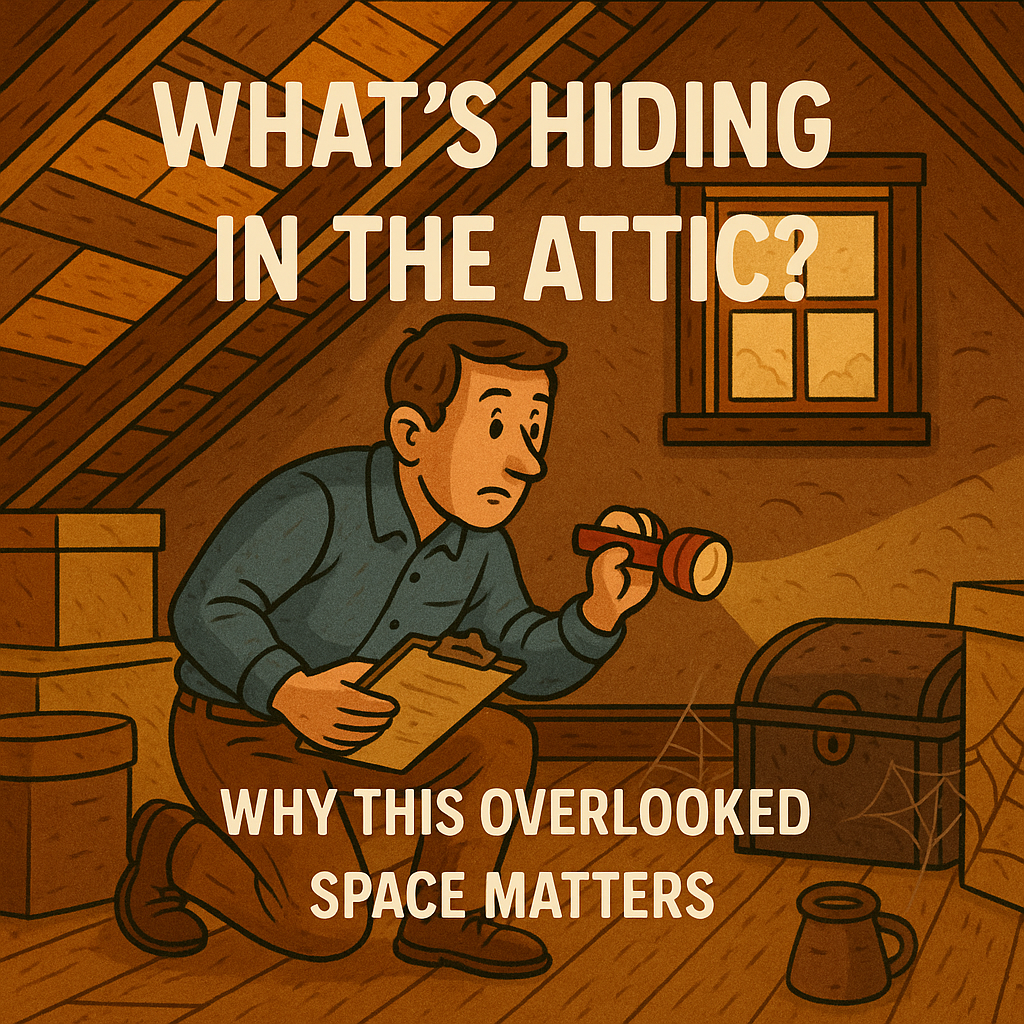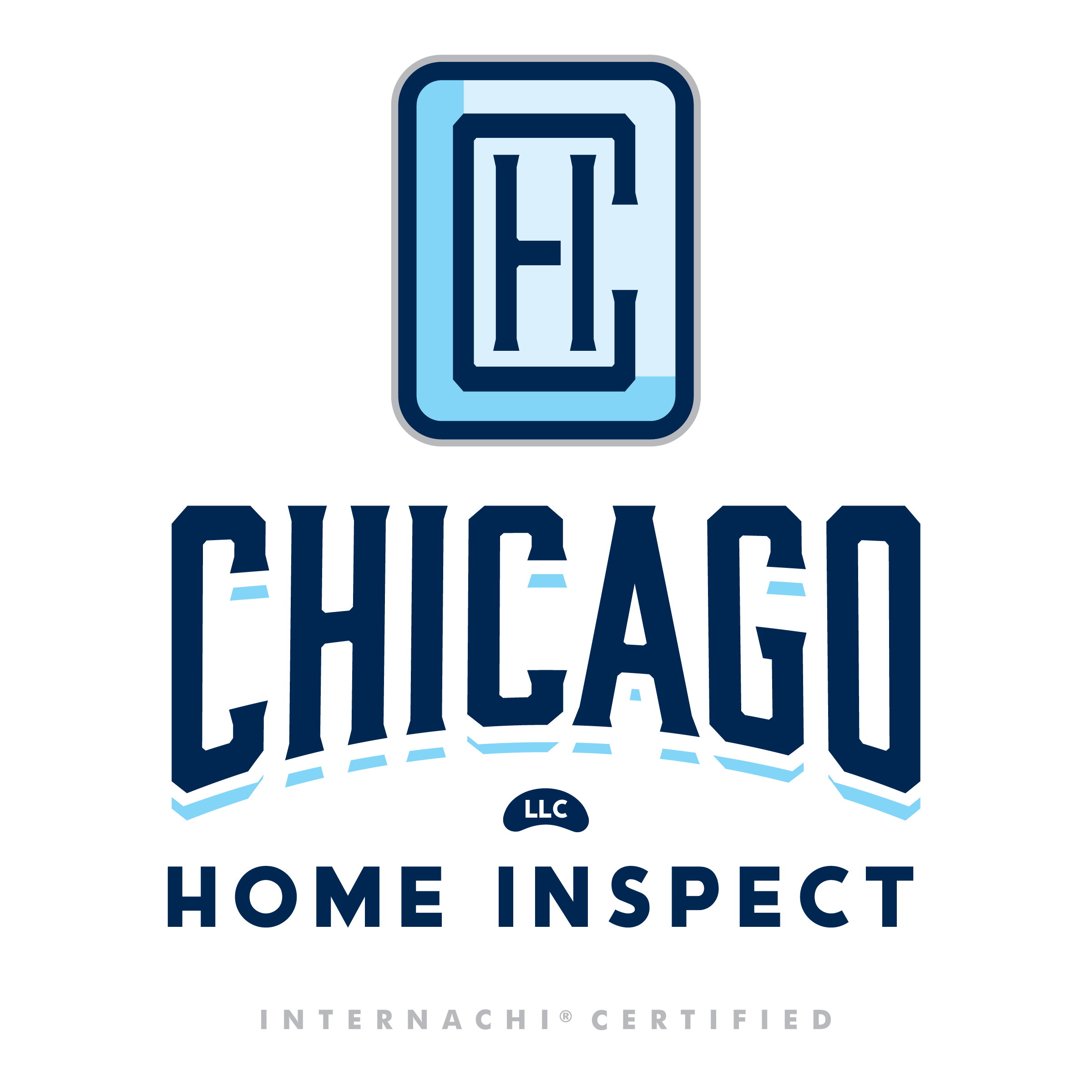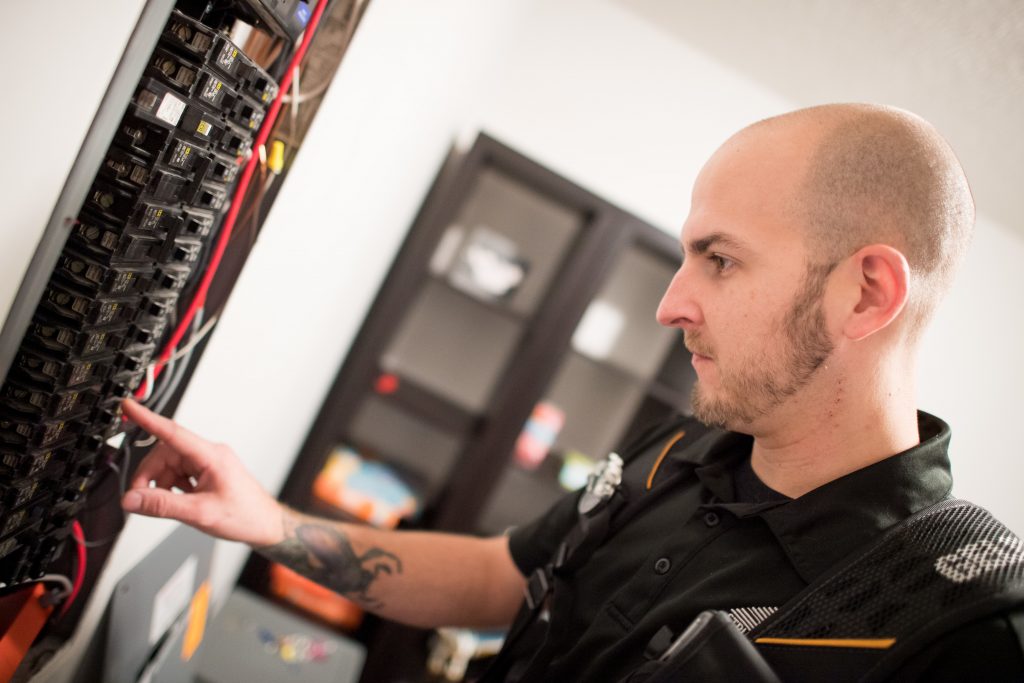
Attics are often out of sight and out of mind—but when it comes to home inspections in Chicago, they’re one of the most revealing spaces in the entire house. Whether it’s a dusty crawlspace or a finished room, the attic tells a hidden story about the condition of the home, how it’s aged, and whether it’s been properly maintained.
This post dives into why the attic deserves more attention during a home inspection and what professionals typically look for when evaluating this tucked-away area.
Why the Attic Shouldn’t Be Ignored
It might not be where you spend time, but the attic plays a critical role in a home’s health. It affects everything from energy efficiency and moisture control to roof longevity and air quality. Problems in the attic often go undetected for years until they cause major damage—and costly repairs.
A thorough attic inspection can uncover signs of:
Understanding the importance of home inspections can help homeowners protect their investment and ensure their attics are in top condition.
- Roof leaks
- Structural deficiencies
- Pest infestations
- Mold growth
- Inadequate insulation or ventilation
- DIY mistakes that create safety or fire hazards
Top Issues Found in Attics During Home Inspections
1. Insufficient or Disrupted Insulation
Older homes often lack adequate attic insulation, leading to temperature imbalances, drafty rooms, and high utility bills. In Chicago’s climate, poorly insulated attics can also lead to ice dams in winter, which damage roofs and gutters.
We look for insulation type (fiberglass batts, blown-in cellulose, spray foam), its R-value (how well it resists heat flow), and coverage. Gaps or compression in the insulation reduce effectiveness, especially around attic hatches or recessed lighting.
2. Poor Ventilation
Ventilation in an attic isn’t just about temperature—it’s about moisture control. Without proper air circulation, warm moist air from living spaces below can get trapped in the attic, leading to condensation and mold growth.
We look for:
- Soffit, ridge, or gable vents
- Blocked or painted-over vents
- Signs of condensation on roofing nails or sheathing
- Mold or mildew near the insulation or wood framing
Proper ventilation keeps the attic dry and extends the life of roofing materials.
3. Roof Leaks and Water Damage
The attic is where many roof leaks show their first signs—often before they’re visible on ceilings inside the home. We inspect for:
- Water staining on rafters or sheathing
- Dark patches or rot in wood
- Rust on fasteners or metal connectors
- Active dripping during rainy days
Sometimes, previous leaks are “patched” cosmetically from below, but the real damage is hiding in the attic.
4. Structural Concerns
Attics expose a home’s bones: rafters, trusses, and ceiling joists. We look for:
- Sagging rooflines
- Cracked rafters or split trusses
- Improper modifications (e.g., cut joists or trusses for HVAC or plumbing)
- Signs of settling or stress
Some DIY renovations ignore load paths or cut through important framing members, weakening the roof system.
5. Electrical Hazards
Attics often hide outdated or unsafe electrical work, including:
- Uncovered junction boxes
- Knob-and-tube wiring
- Spliced wires without proper connectors
- Overheated fixtures buried under insulation
We also check if exhaust fans from bathrooms or kitchens are properly vented outside, not into the attic—a major fire and mold hazard.
6. Rodents, Bats, or Insects
The attic is prime real estate for uninvited guests. Mice, raccoons, bats, and insects leave behind clues:
- Droppings or nests in insulation
- Chewed wiring or wood
- Foul odors or staining
- Entry points like soffit gaps or roof edges
Animal damage isn’t just gross—it can destroy insulation, spread disease, and pose serious fire risks.
7. Fire Hazards
Many attics still contain aluminum wiring, older HVAC equipment, or chimneys without proper clearance. These are all red flags. Additionally, some homeowners store flammable materials in hot, poorly ventilated attics, increasing fire risk.
We also evaluate if recessed lights are insulation-compatible (IC-rated) and not creating hot spots near combustible material.
What an Inspector Looks For in the Attic
During a home inspection, we use flashlights, moisture meters, thermal cameras, and a keen eye to examine:
- Insulation depth and coverage
- Roof deck integrity
- Signs of leaks or previous repairs
- Ventilation paths and blockages
- Trusses, rafters, and ceiling joists
- Rodent or insect activity
- HVAC or ductwork conditions
- Electrical runs and splicing
- Chimney chases or flues
Everything is documented with notes and photos so buyers or sellers can understand the condition—even if they never climb into the attic themselves.
Attic Tips for Buyers
- Ask if the attic was inspected: Some inspectors skip tight crawlspaces—make sure yours didn’t.
- Check the insulation value: This impacts your energy costs year-round.
- Ask about mold or past leaks: These can be expensive to remediate if ignored.
Attic Tips for Sellers
- Clear a path for access: Inspectors need to get in and out safely. Remove boxes and storage.
- Don’t conceal issues: Freshly painted rafters or new insulation may raise suspicion if they look like a cover-up.
- Vent fans properly: Make sure bathroom or kitchen fans vent through the roof or wall, not into the attic.
Why This Space Really Matters
Think of the attic as the report card for how a home has aged. It’s often untouched by day-to-day life, so it reveals long-term patterns and conditions—whether that’s good maintenance or years of neglect.
Attic problems can affect indoor air quality, heating bills, roof lifespan, and even safety. Identifying and addressing them early on—before a transaction closes—can prevent headaches for both buyers and sellers.
In Summary
Your attic may not be on your daily checklist, but it’s one of the most telling spaces during a home inspection. Whether it’s revealing the first signs of a leaky roof, confirming solid framing, or uncovering hidden hazards, a proper attic inspection offers peace of mind—and the chance to correct small problems before they turn into big ones.



